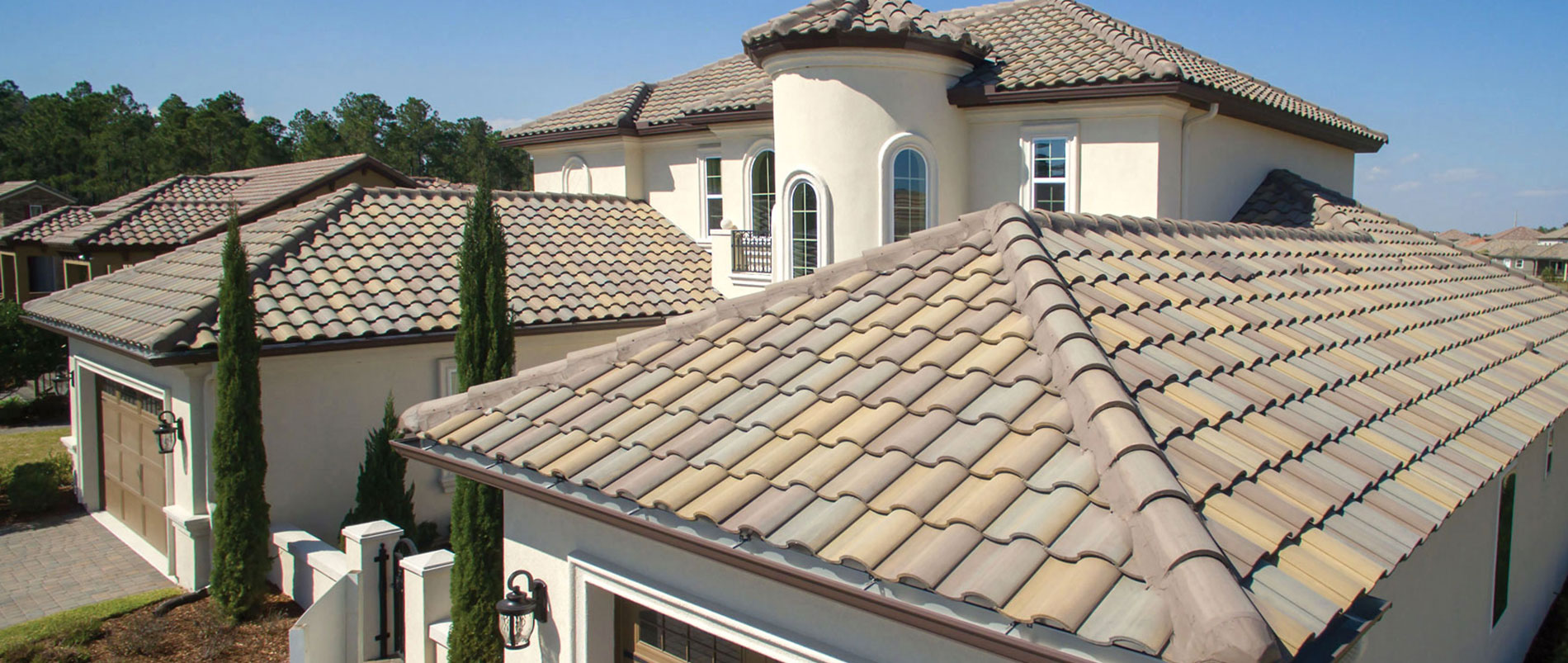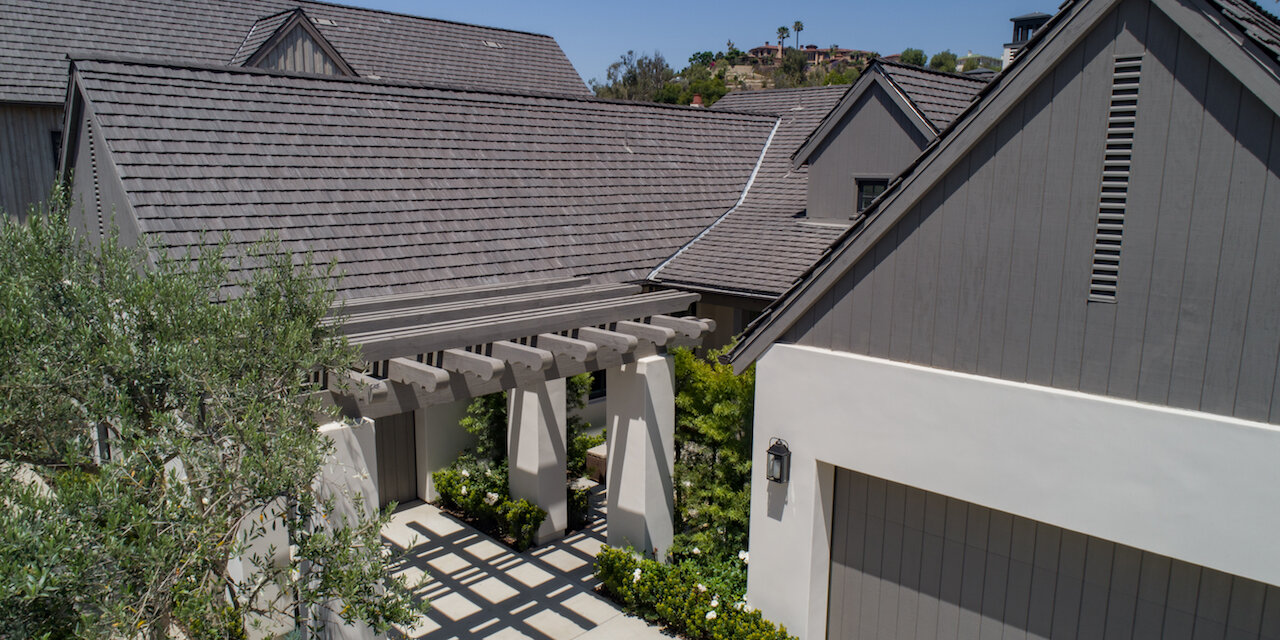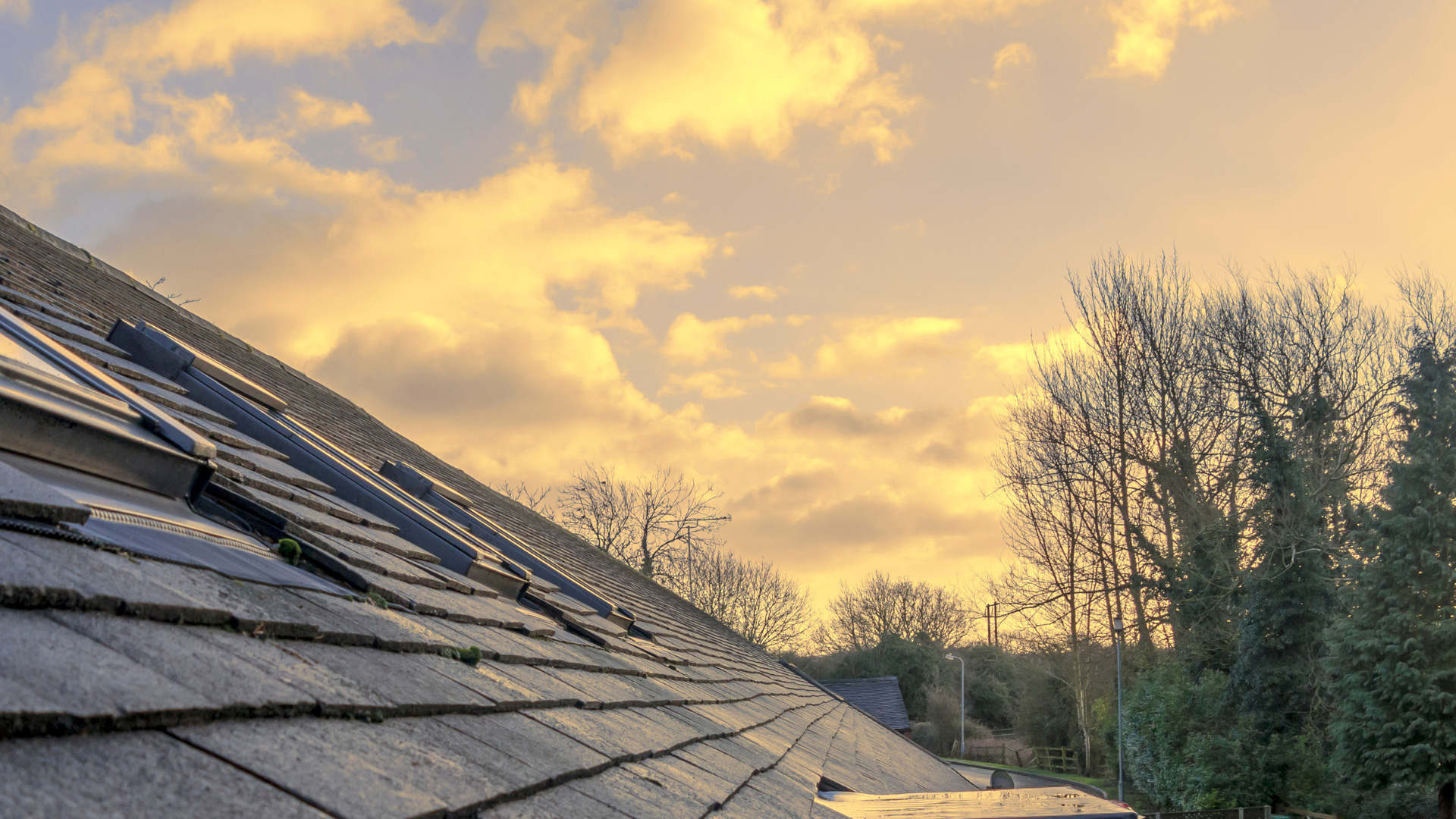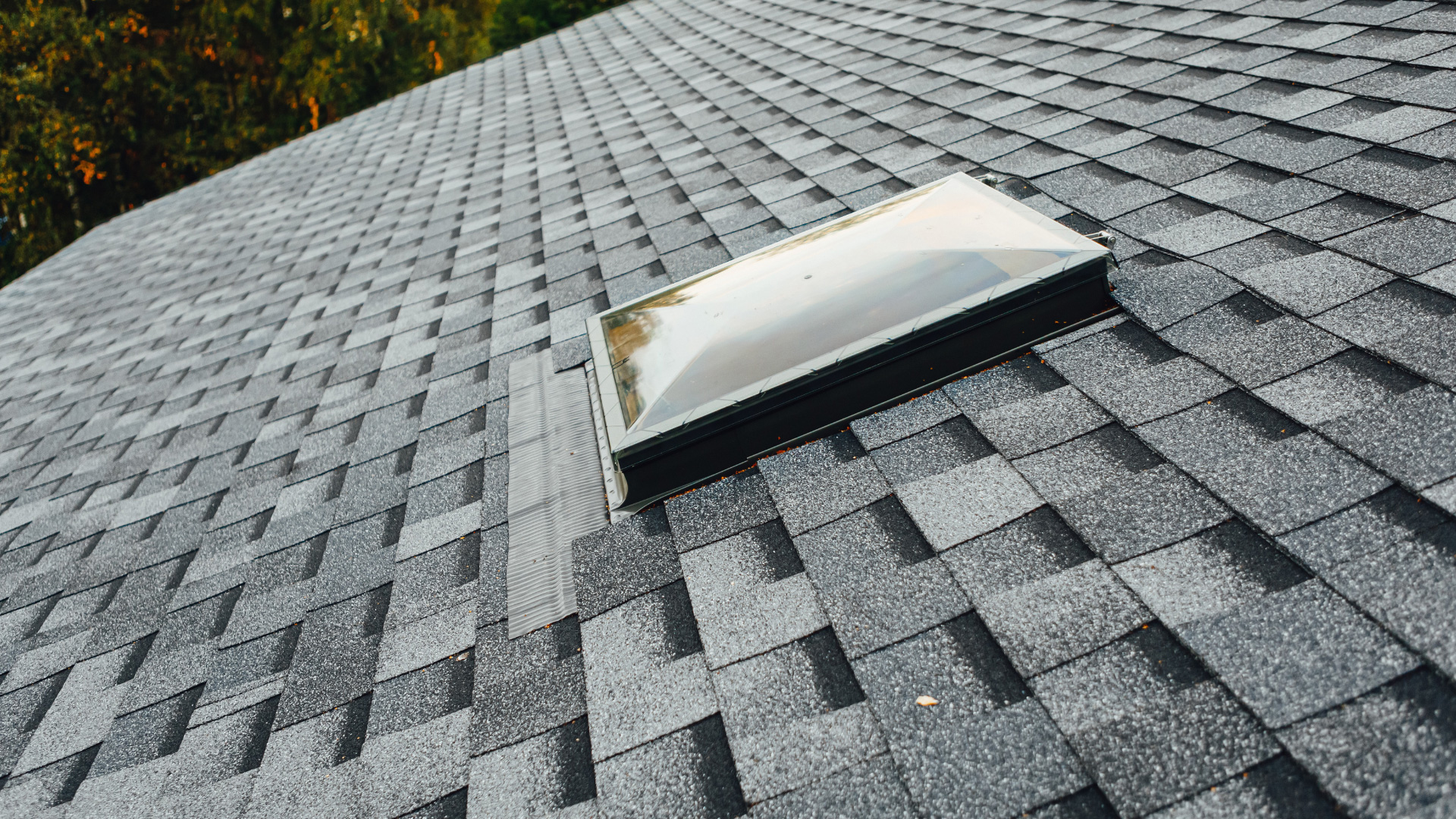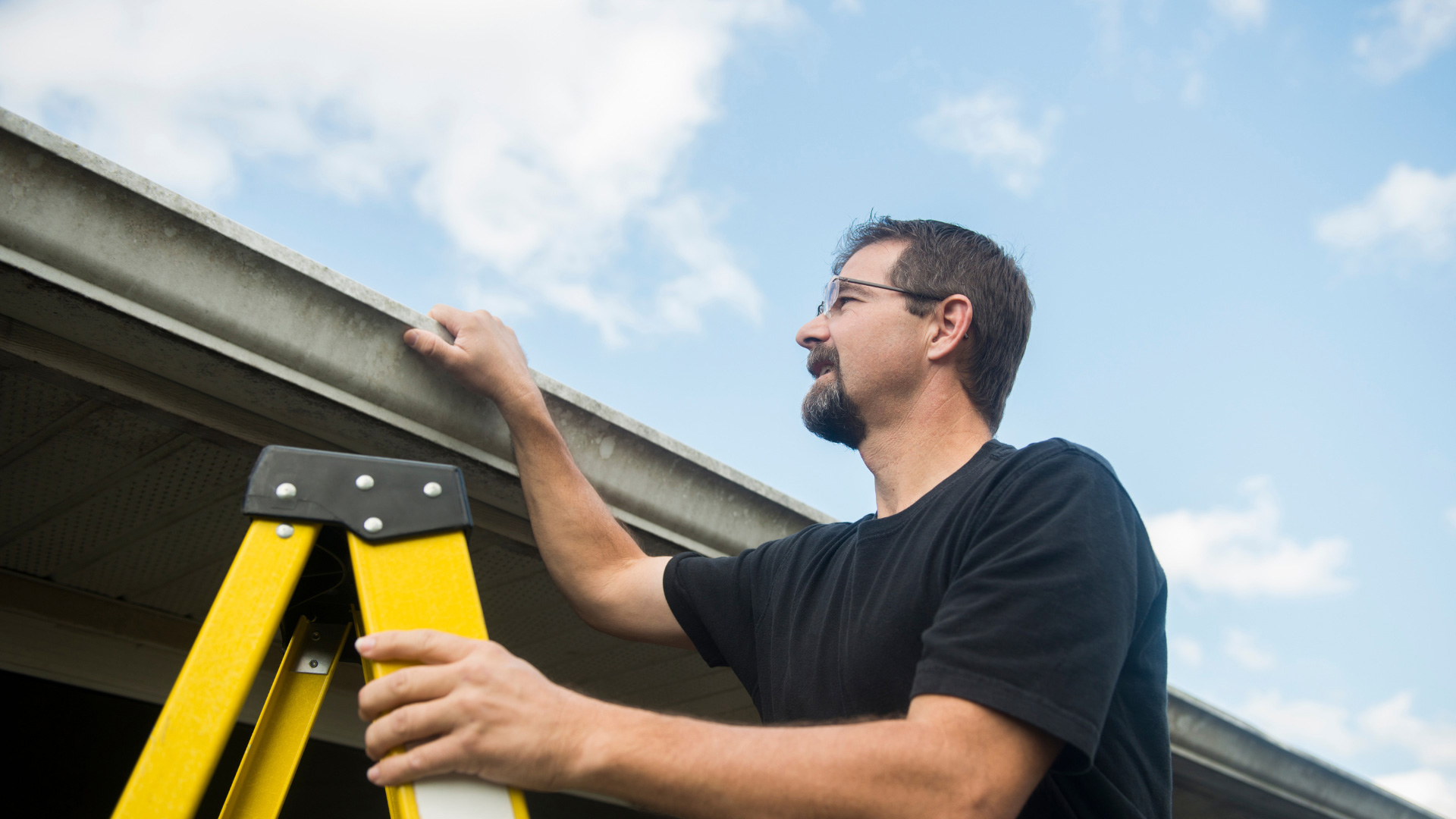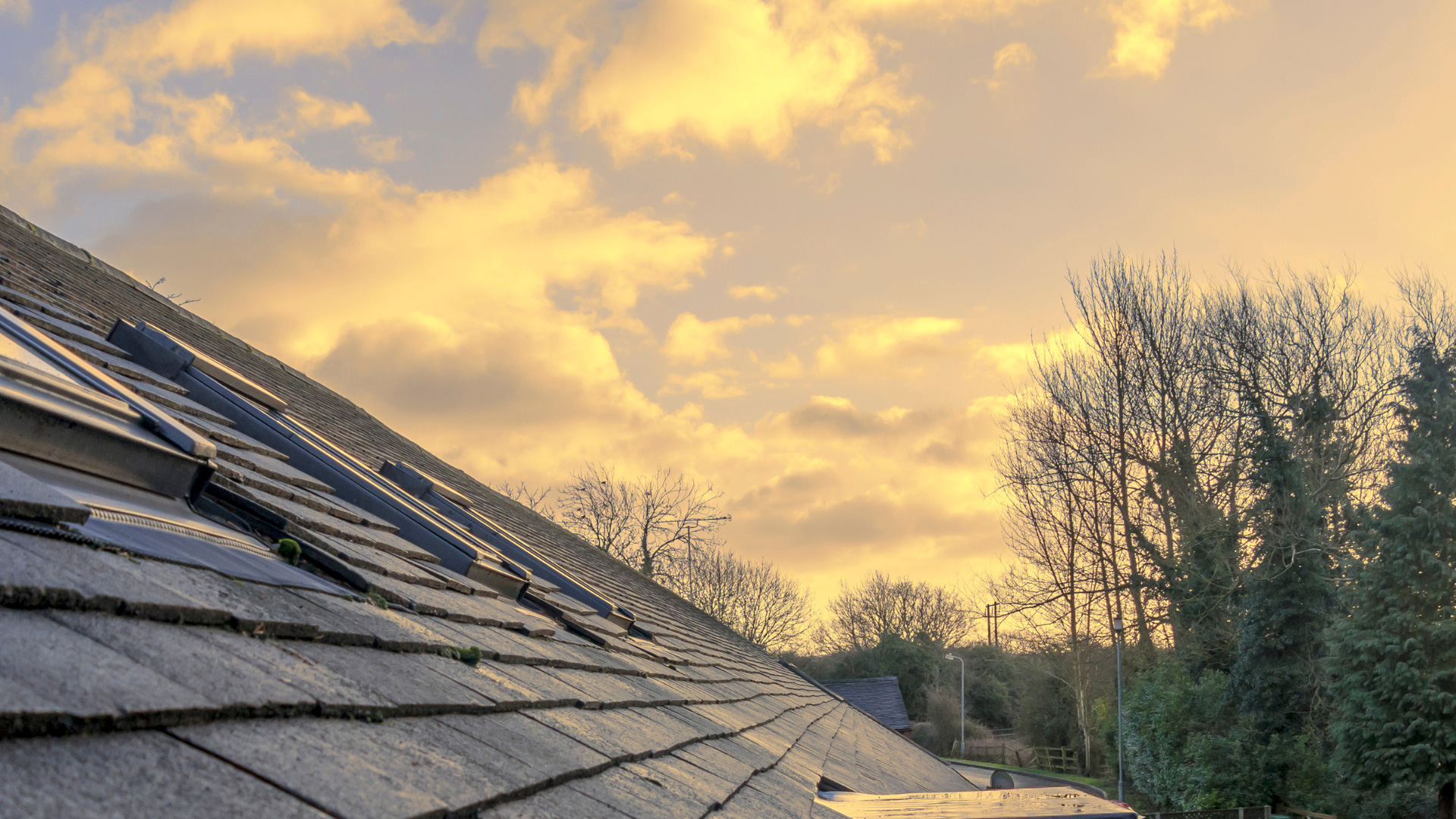Investing in a solar energy system for your home has a positive impact on the environment while providing you with monthly and yearly savings on home energy costs. Depending on the age of your home, solar panels and systems may outlast the life of the roof. This can result in the costly removal and reinstallation of your solar panels. Once you have decided to invest in solar, considering residential roof repair should be your next step.
Should I replace my roof before installing solar panels?
Older roofs may not be able to support the additional weight of solar panels. Here are three signs you should replace your roof being installing solar panels:1. The Age of Your Roof
To save yourself the hassle of replacing your roof after solar panels have been installed, complete a visual inspection to evaluate any damage. Begin your self-inspection by understanding the lifespan and the age of the roof. If you have a clay tile roof, popular in California, your roof may last as long as 50 years from when it was installed.
However, if you have asphalt shingles, the lifespan may be closer to 20 years. Over time, vital roofing components become worn-out and need to be replaced. Since your new solar energy system is designed to withstand the elements and is backed by our 25-year warranty, you want to ensure that your roof will last alongside your new system.
2. Damaged Shingles
Next on the list for your visual inspection, look for wear-and-tear such as asphalt shingles that have lost their granules. Noticing thin spots on shingles or particles in your gutters may indicate that granules are loose and that shingles should be replaced.
While completing your self-inspection to determine if a residential roof repair is necessary, also look for shingles that are missing, buckling, or that are showing signs of damage. For clay tile roofs, pay special attention to tiles that have become detached or broken.
3. Water Intrusion
Before your inspection is complete, be on the lookout for rust and standing water. These may be signs that your roof is no longer shedding water effectively. If the inspection yields no standing water or rust, you should still go into your attic and check for leaks and stains.
Inside your home, staining on the walls can be a sign that your roof’s water barriers are no longer providing protection from moisture as designed. Water damage can be caused by several issues including, sealants that have worn out or the waterproof barrier, called underlayment, becoming torn or damaged.
Visual Inspections for Residential Roofing
Deciding to install a solar system is a long-term commitment to your home and the world around you. Before your panels are installed, it is important to inspect your roof and understand if repairs or replacements are necessary. Installing solar panels adds weight to the roof and requires drilling and mounting which can negatively impact the structures of an older roof. Completing a visual inspection is the best first step.
If you know that you have an older roof or upon inspection find damaged shingles/tiles, water intrusion, or other structural issues, contact our team. We offer professional installation to ensure your roof can support the weight of your solar investment.

